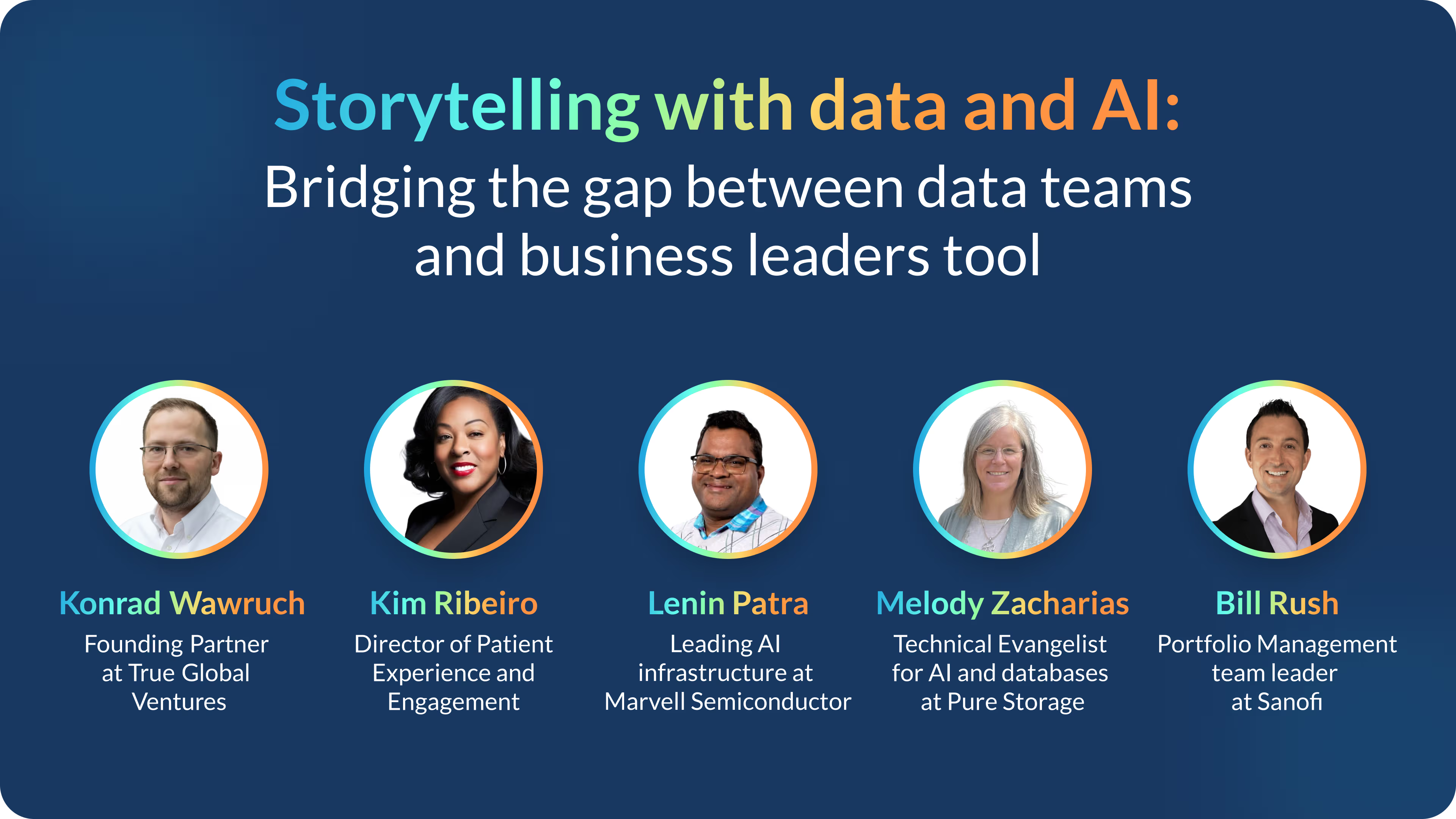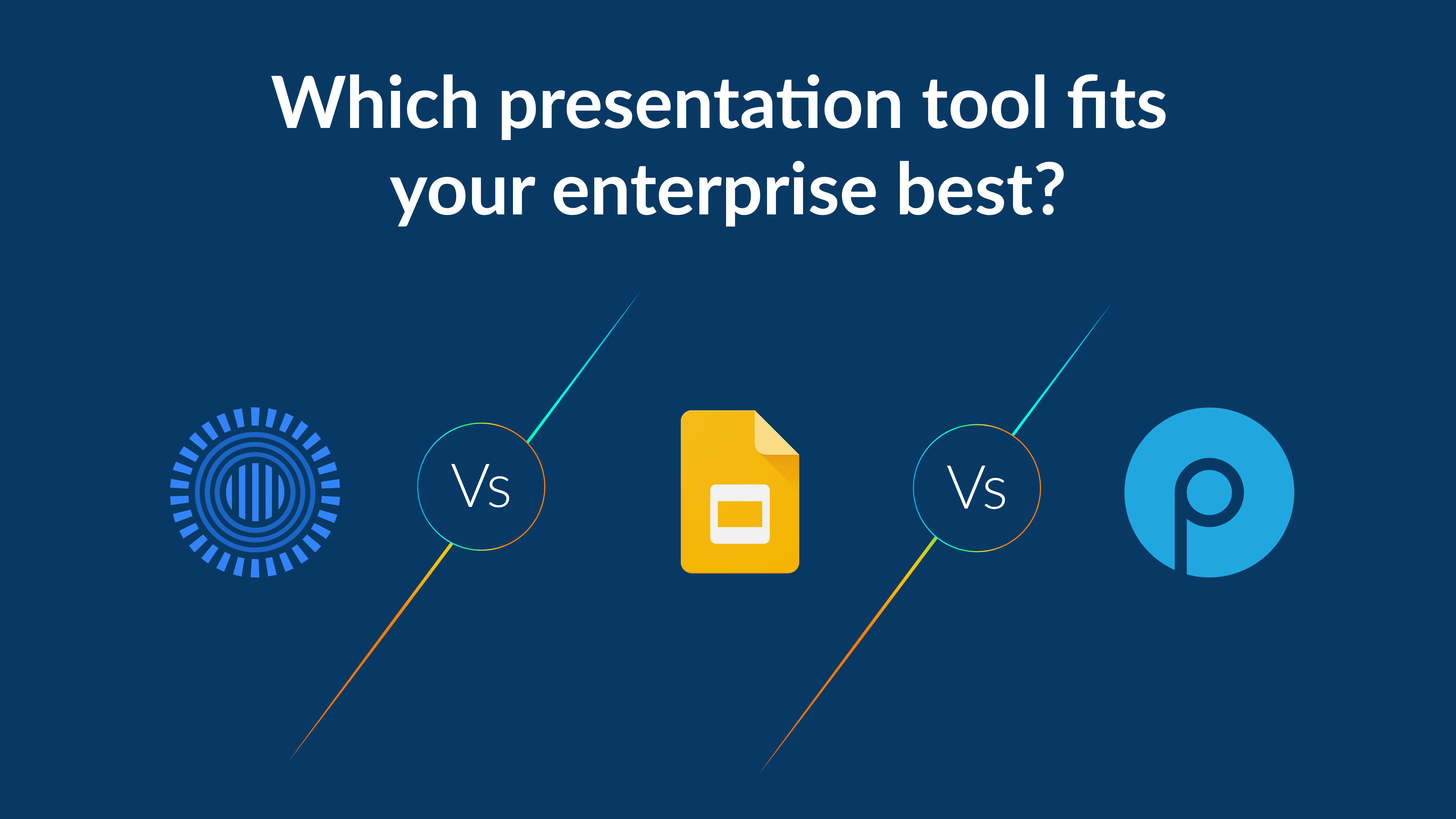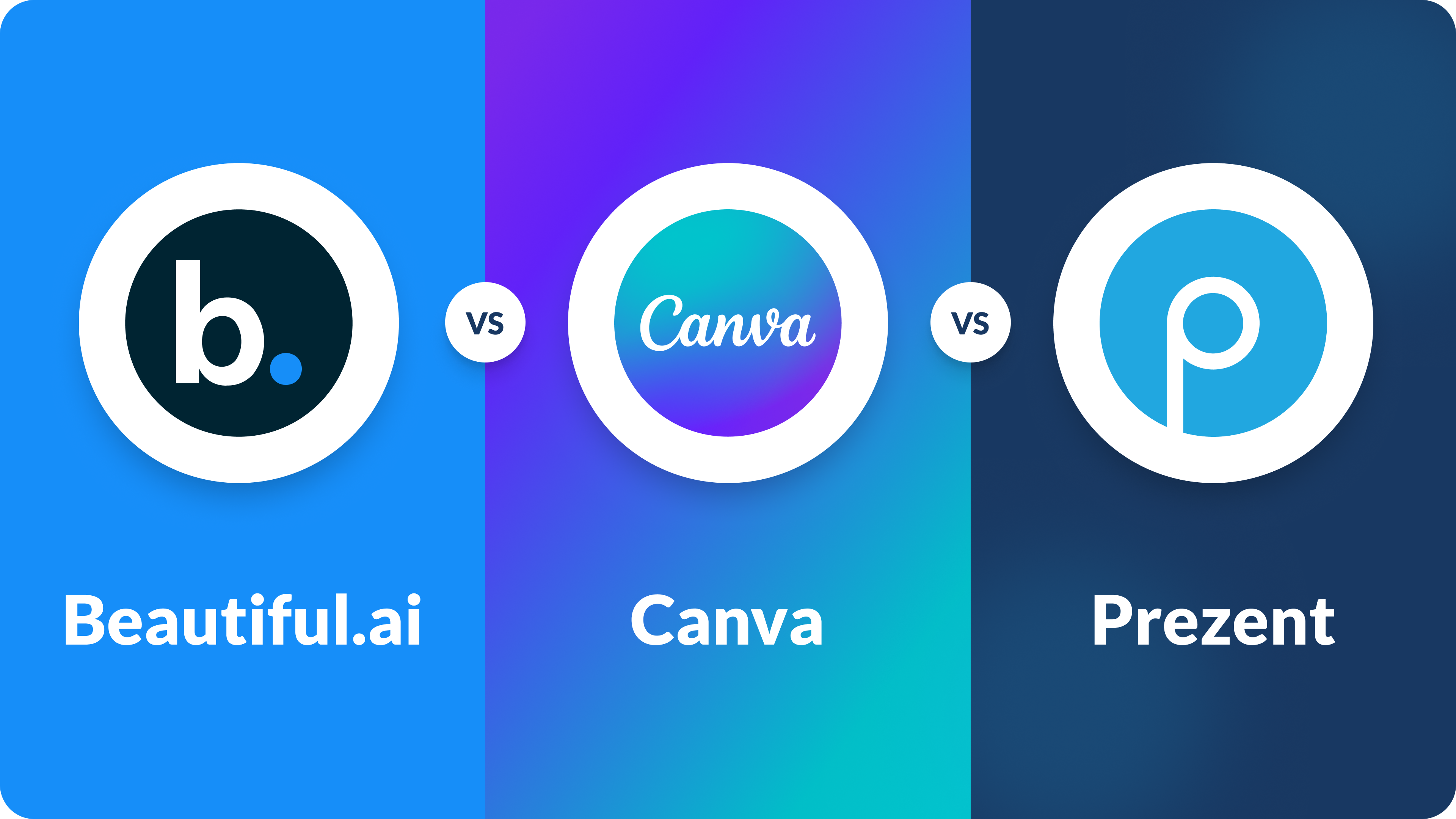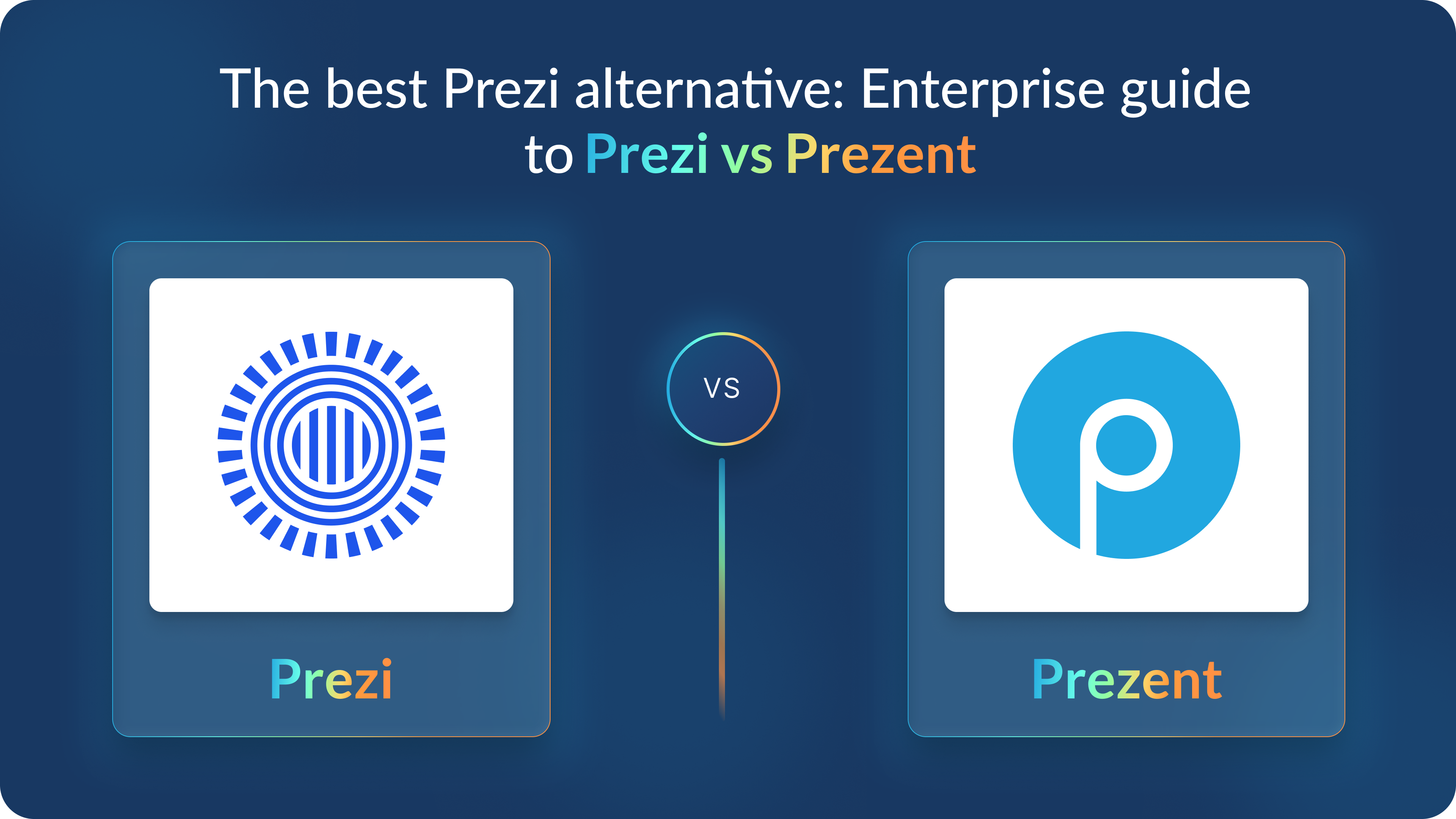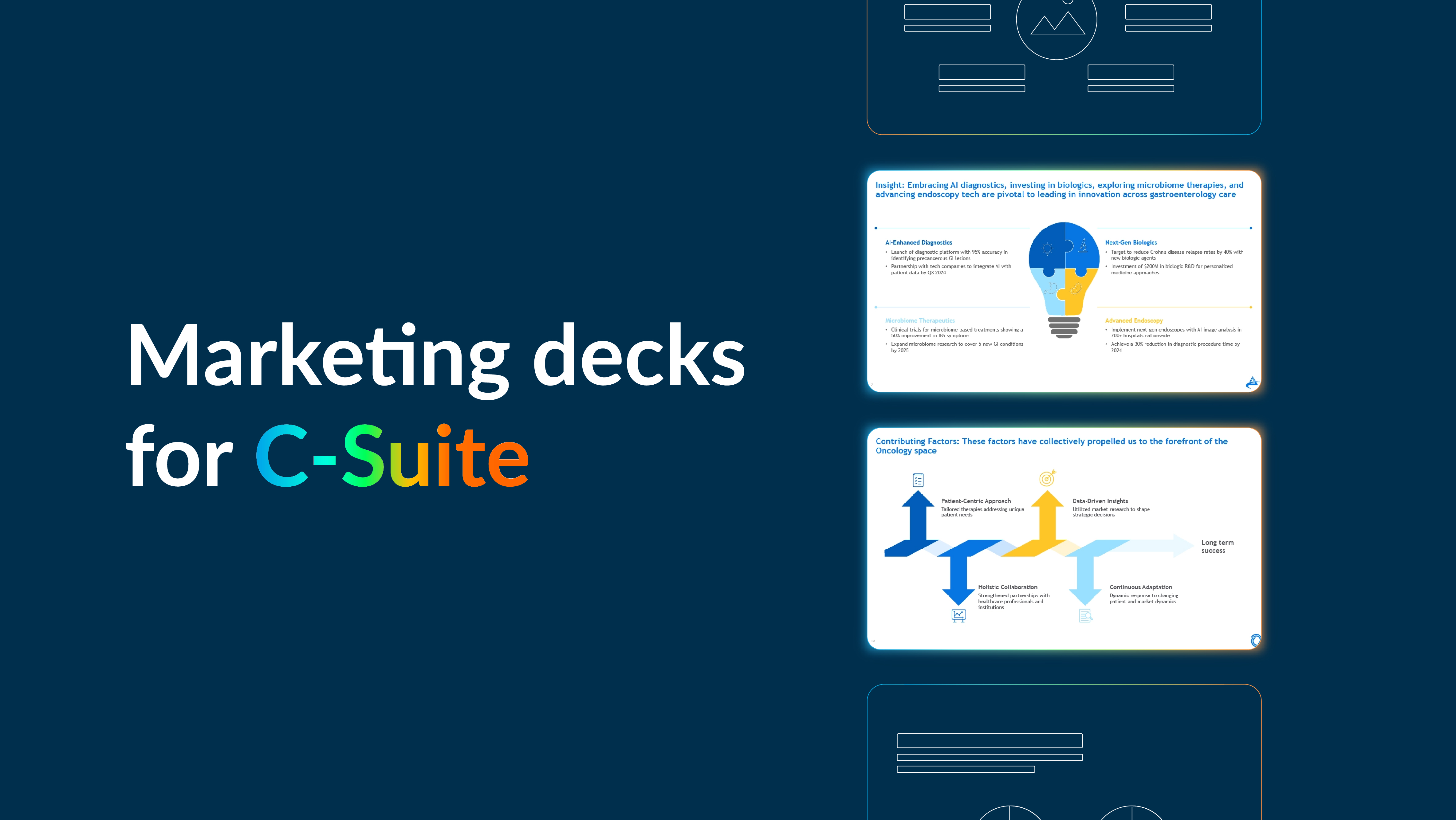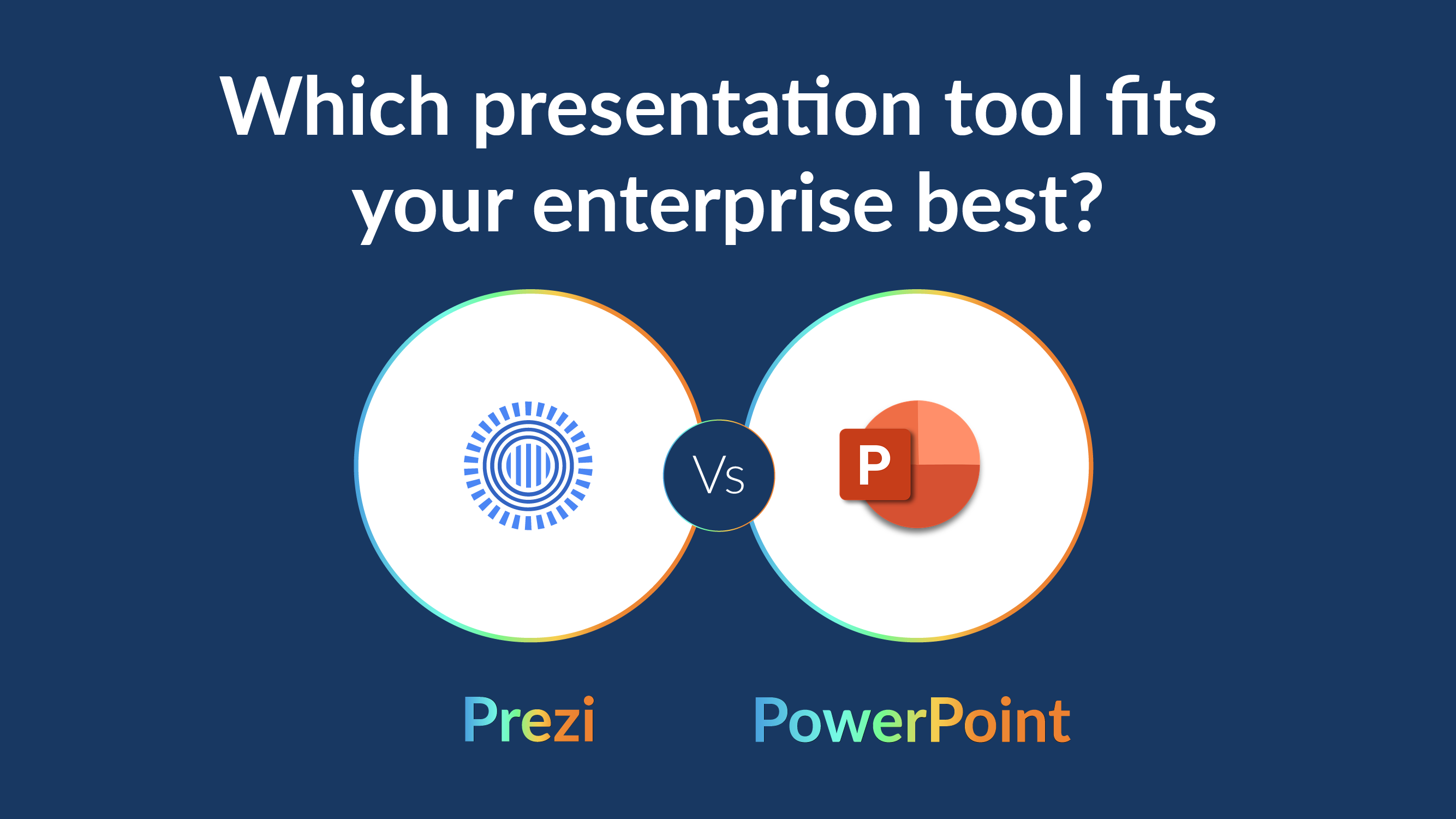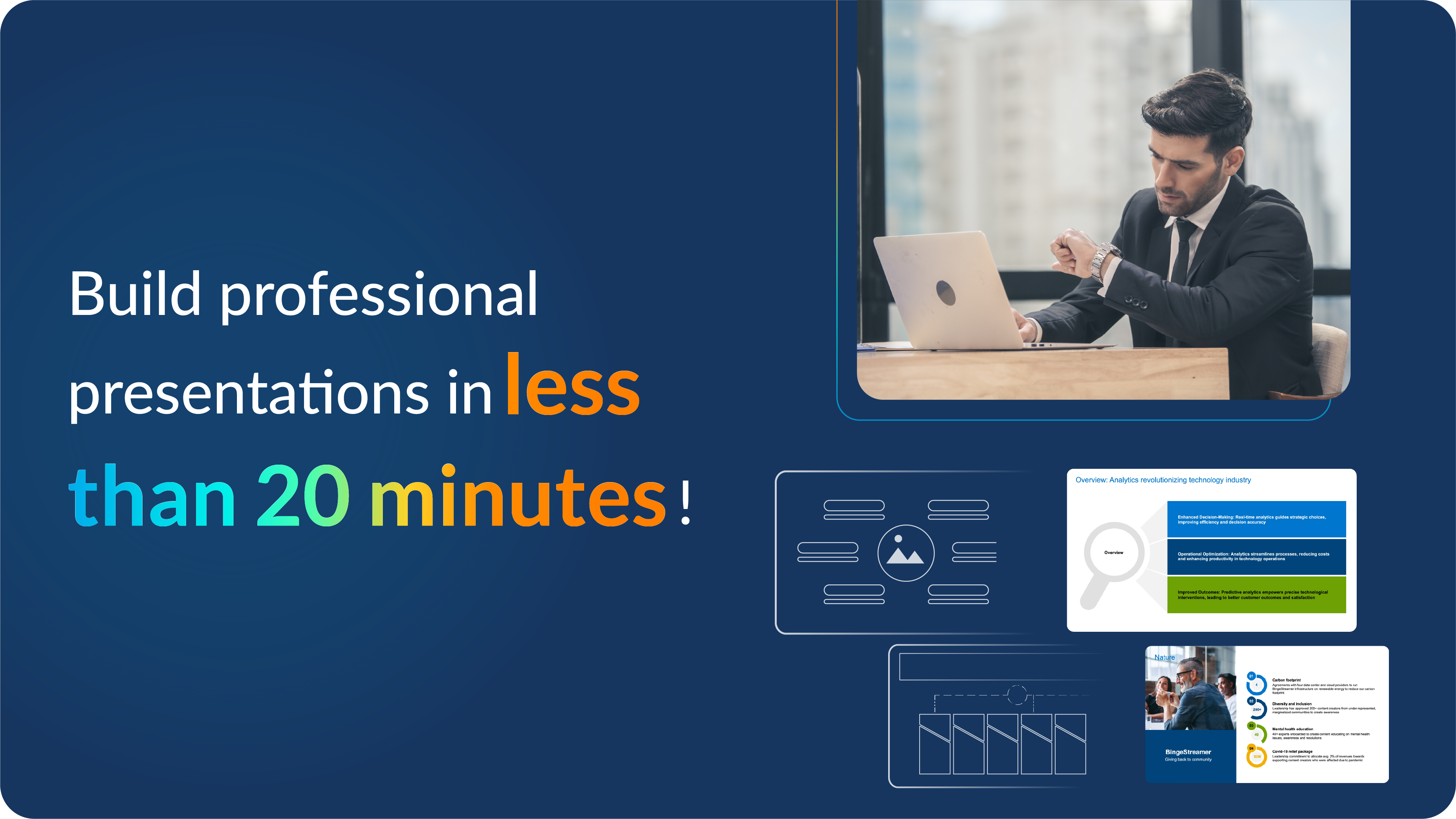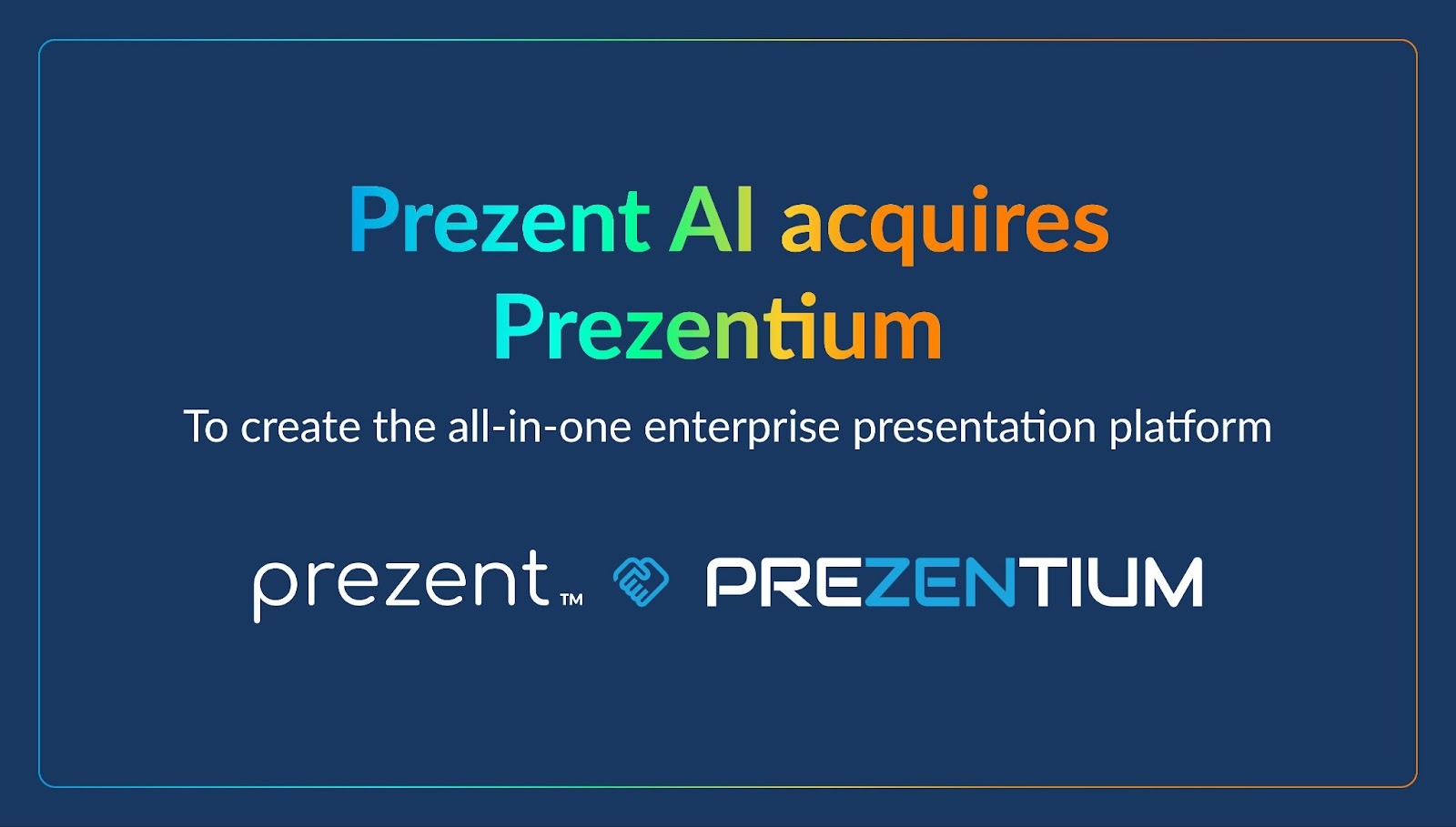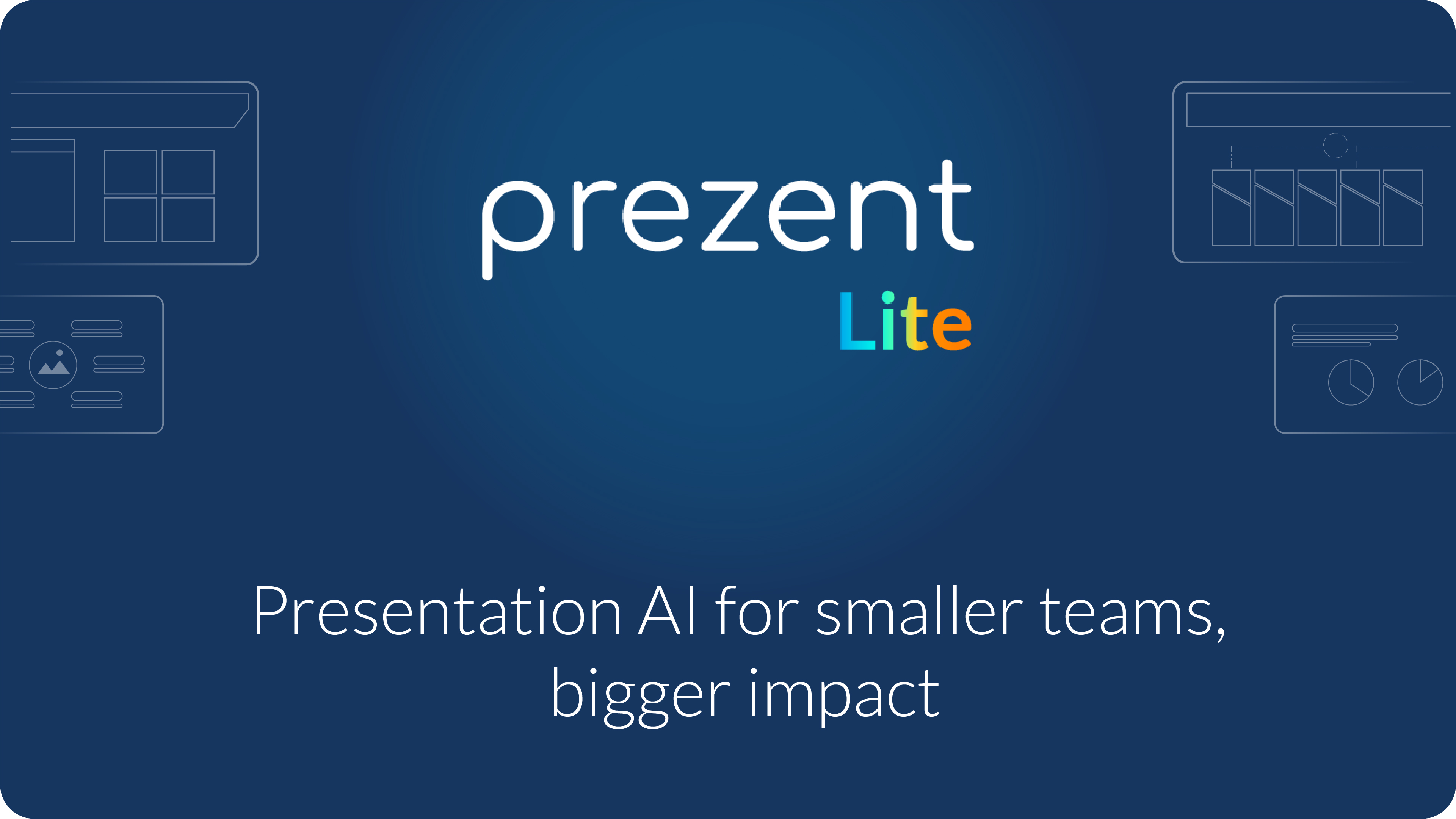How to ace every business presentation

A business presentation communicates critical company information in an engaging and memorable way.
But that doesn’t mean you’re giving an hour-long TED Talk that weaves in story and humor to move it along. Instead, you want to find the right mix of professionalism without boring the audience.
Here are five steps to elevate your business presentations to keep them engaging but also authoritative and informative.
Key Takeaways:
- Business presentations inform, persuade, or instruct your audience.
- Create a logical flow of information through storyboarding.
- Write to the audience with empathy, contextual information, and clear layouts.
What type of business presentation are you making?
Business presentations usually have three primary purposes:
- Inform: Share information, like financial reporting and team briefings.
- Persuade: Convince a group about your ideas, products, or plans, like sales presentations or business proposals.
- Instruct: Train others, like onboarding new hires or presenting company policies.
The type of presentation you’re giving directs the end goal or final call to action. This is the action you want your audience to take after the presentation.
What will you include in your business presentation?
No matter your presentation’s purpose, it should include these key elements of effective business communication:
- Introduction: Introduce yourself and your team and lay out the framework for the presentation.
- Purpose: Don’t make your audience guess the point of the presentation—give it right at the start. Be empathetic and find ways to connect.
- Supporting content: Provide supporting data, arguments, or information that lead to your main point. Keep this data audience-centric and relevant.
- Key takeaways: Summarize what you covered and its impact on the business.
- Call to action: Tell your audience what comes next or how they should respond to the presentation.
Amazon’s recent memo about layoffs showcases these elements in action.

The notice began by explaining the purpose: “Notifying employees impacted by our decision to reduce our Amazon WW store corporate headcount.”
The following paragraphs empathized with the audience. They apologized for the decision’s impact and noted how difficult it must be.
From there, they provided supporting content and told the story of hiring new employees to meet the new demand from COVID. After the pandemic's impact lessened, Amazon needed to scale back. They explored several ways to scale back before laying off employees.
They effectively centered this portion around the recipients. They explained why the layoffs are the best option.
“We’ve determined that we need to take further steps to improve our cost structure to keep investing in the customer experience that attracts customers to Amazon and grows our business.”
That key takeaway put customers above the business and supported their decision with people-centric proof.
As Amazon wrapped up the memo, they described their next steps for supporting those they will lay off, including full pay, severance, transitional benefits, and job placement.
Their conclusion was hopeful—one that looks towards a future of business growth made possible by cutting costs. They reminded other employees that everyone has a crucial role, and no one is dispensable. That statement relieved potential fears or negative reactions from their employees.
5 steps for building effective business presentations
The framework Amazon used works across all business presentations and communications. Use these five steps to build better and more effective presentations.
Step 1: Know your central message
A powerful presentation grows from a strong central message. What do you want your audience to learn from the presentation?
With a core message, you can weed out irrelevant information and keep your message focused.
Step 2: Create a storyboard
Storyboarding helps build a sequence of events or data to lead the audience in a logical order. A storyline provides context to the data you share and makes your information more memorable.
Amazon’s memo is an example of an informative storyline. The memo progressed logically, with each fact building on the previous information.
There might be times you need a persuasive storyboard, like a sales pitch or business proposal presentation. These storyboards have groups of arguments or supporting data that provide additional support.
Step 3: Keep the presentation simple
Avoid long, drawn-out presentations. If you can share your thoughts in five minutes instead of 15—do it! Your slides should also be simple and focus on one core idea. Overloading slides with data, bulleted lists, and graphics can overwhelm and confuse your audience.
Imagine being in a presentation and seeing the following slide:
.png)
Information fills every available space. You don’t know where data begins or ends. It’s confusing and isn’t easy to comprehend at a quick glance.
With presentations, white space is your friend—use it to highlight the key points and direct the eye.
Step 4: Design visually appealing presentations
Great design breathes life into your information. It gives it motion, color, shape, and organization.
Presentation design goes further than just visuals. It’s also about shapes, colors, and typography.
For example, instead of listing information in order of importance, you can use a spoke diagram to organize ideas more engagingly.
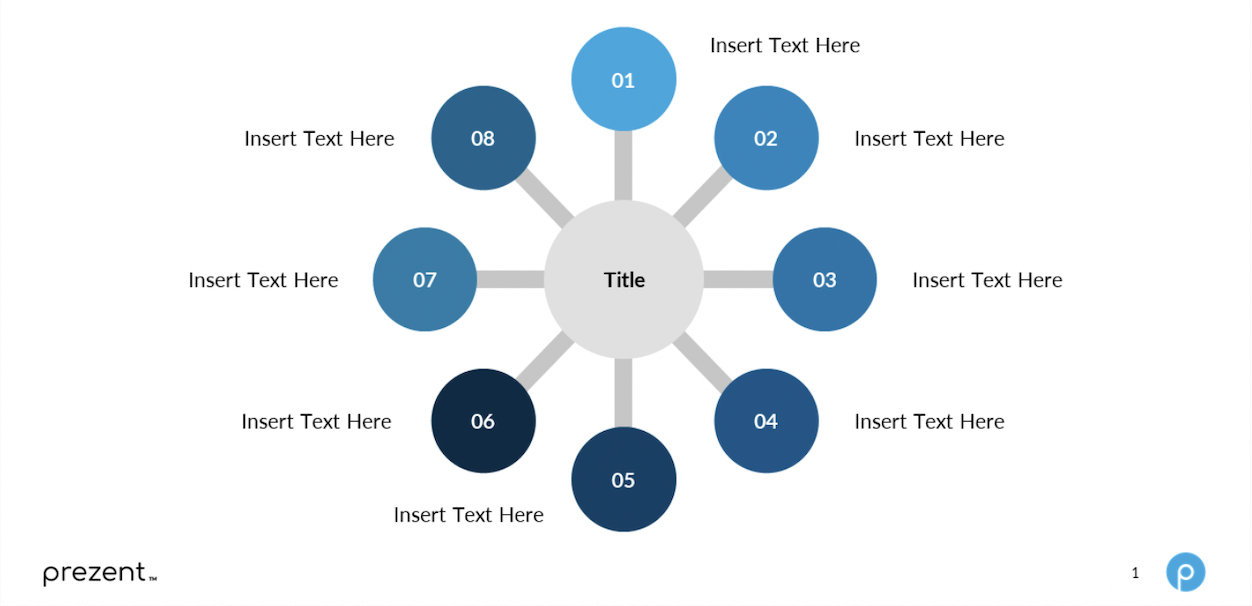
Some other ideas for organizing ideas on a slide include:
- Listing ideas in two parallel columns
- Listing ideas diagonally across the slide
- Building a map that leads the eye across the page to different ideas
Step 5: Speak to the audience
Turn numbers and data into understandable insights by sharing them in context. Remember, you already understand the information, so always speak to what your audience knows, not yourself. Your audience might not understand the same context as you do, so this will require extra information or relevant details that give data meaning.
For instance: instead of just sharing new profits, compare the new profits to past profits to show how those numbers improved. Comparing data provides context, like sharing a timeframe as a percentage of the total workday.
Speaking to the audience also involves being empathetic to the audience’s fears, concerns, or questions, then thoroughly addressing them.
Here is a guide to Business plan presentation
Build effective presentations faster with Prezent
Prezent is an AI-powered presentation productivity platform that brings these five steps to life! Communicate your ideas clearly with hyper-personalized, beautifully simple presentation slides. The intuitive software combines key business storylines, audience preferences, and your company branding to help you build custom-tailored and brand-approved presentations in minutes.

